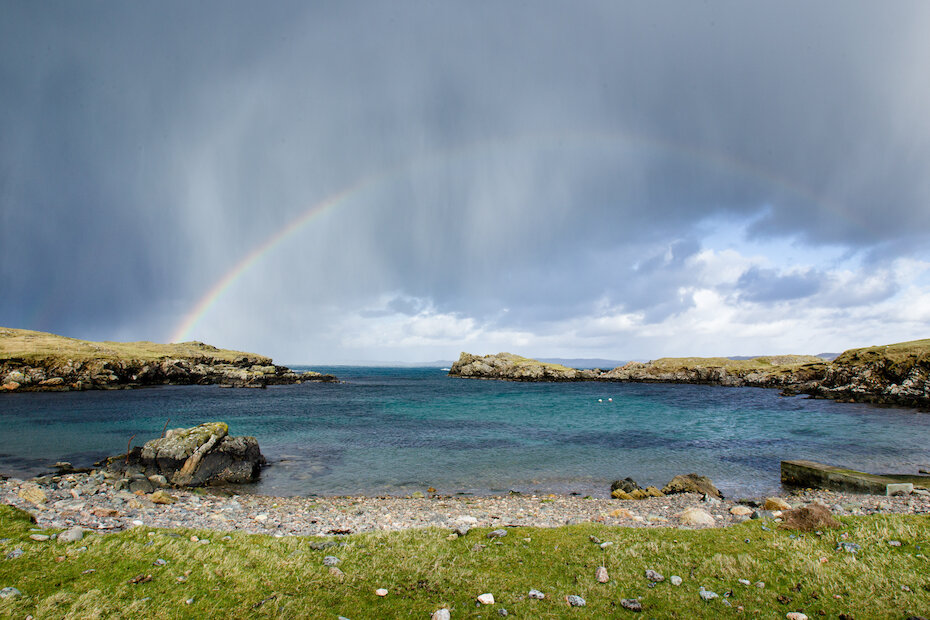A quick introduction
The Westside's coastline varies from dramatic cliffs to long, sea lochs, or 'voes', reaching far into a landscape of heathery hills and green crofts.
This is still a crofting community but also a centre of the seafood industry, with many fish and shellfish farms and inshore fishing boats. The main road west to Walls (pronounced Waas) passes through the middle of the district but, to get a feel for the area, it’s essential to head off down one of the many side roads. There’s no obvious touring route and it helps to take a good map.
The voes are ideal for yachting and canoeing. Modern marinas at Walls, Aith and Skeld reserve berths for visiting sailors and the annual regattas are major social events. Like the Skeld Sheepdog Trials and the Walls Agricultural Show, these usually include a concert and dance where visitors are welcome. In summertime several village halls offer Sunday teas – terrific value with homebaking and a chance to meet the locals.
How to get to the Westside
As with most places in Shetland, the best way to explore is by car. From Lerwick, follow the A970 south to Tingwall before taking a left-hand turn onto the A971. The Westside begins at Tresta, just after you round the bend at the top of the Scord of Weisdale (where you should stop and admire the vista).
Where to stay
For accommodation options in this area, including self-catering and bed and breakfasts, see our Accommodation page. Visit our Caravan and camping pages for campsites.


